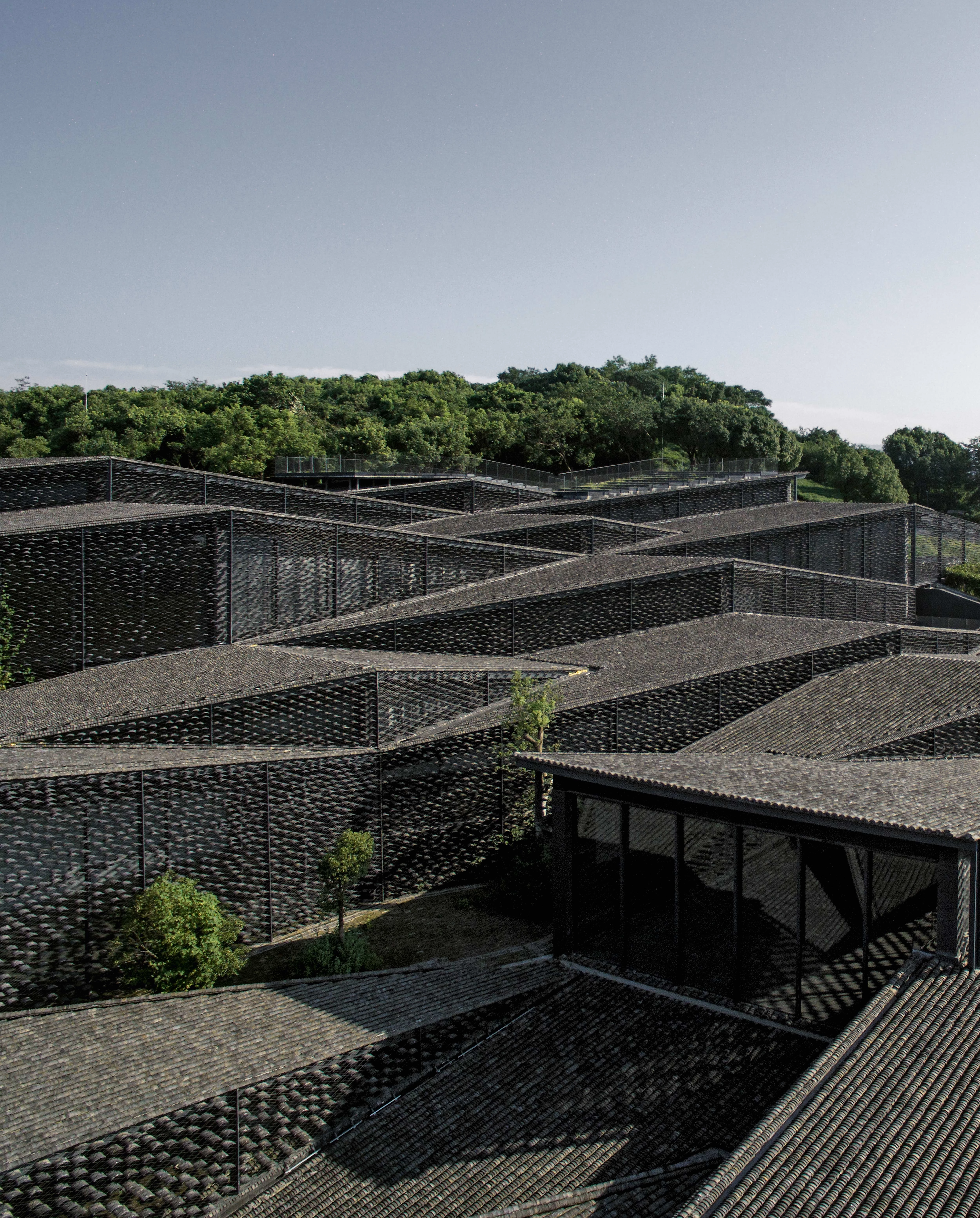Folk Art Museum, Hangzhou
Kengo Kuma- Type Culture / Leisure Museum
- Material Ceramics Ceramic tiles
- Date 2009 - 2015
- City Hangzhou
- Country China
- Photograph Eiichi Kano
Zhang Xiaochun
In September 2015, with an exhibition themed ‘Heavenly Creations: A World of Southern Rural Crafts,’ the Folk Art Museum of the China Academy of Arts – a project designed by the Japanese architect Kengo Kuma – officially opened to the public in the suburbs of Hangzhou, capital of the Song dynasty, the Chinese counterpart of the European Renaissance. Because the campus of the Xiang Shan School at the China Academy of Arts is well known for the buildings designed by China’s Pritzker Prize laureate, Wang Shu, it is quite a challenge to design any new building here. Notwithstanding, Kengo Kuma’s Folk Art Museum of the China Academy of Arts sits right there, constituting both a careful reflection of the natural landscape and a polite salute to Wang Shu’s signature architecture.
Leaning against the hillside of Xiang Shan (Elephant Mountain), with a rivulet flowing at the base, this museum enjoys a good natural environment. It is adjacent to the campus buildings and Shui An Shan Ju Hotel, designed by Wang Shu. How to blend into the natural environment and engage in dialogue with the existing buildings of clear identities became not only a challenge to the architect, but also a clue for visitors exploring the architectural conception while wandering through the building.
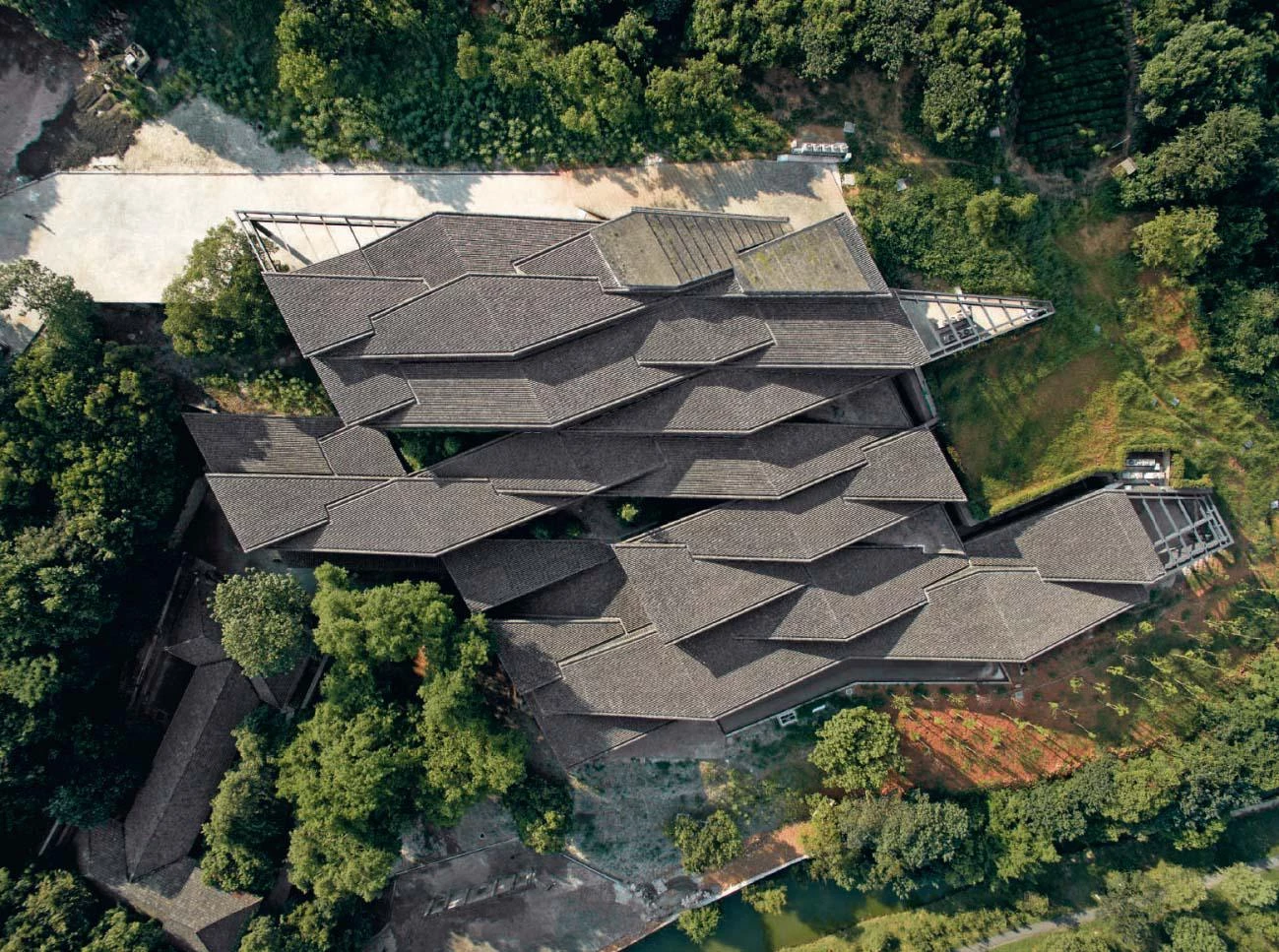

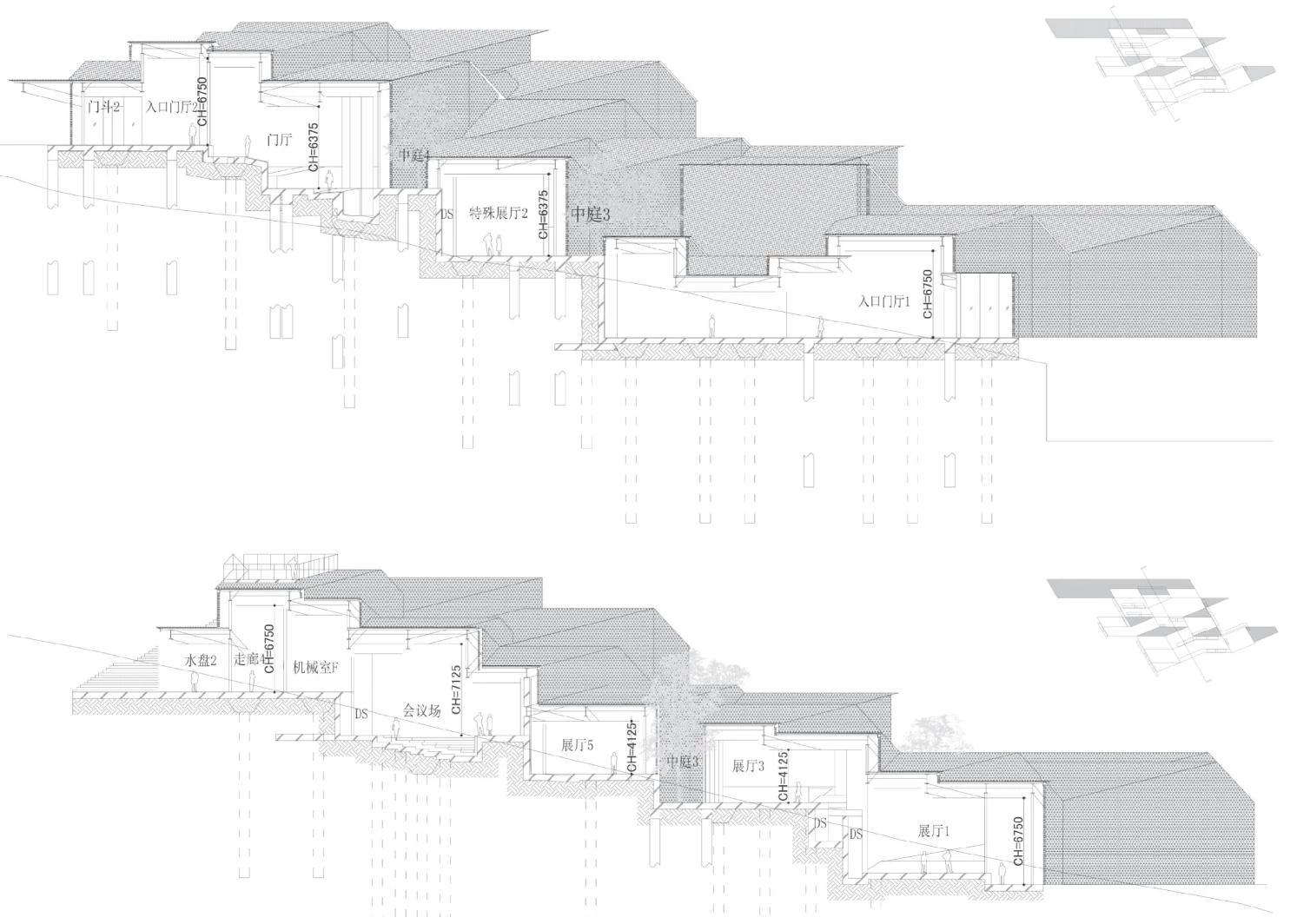




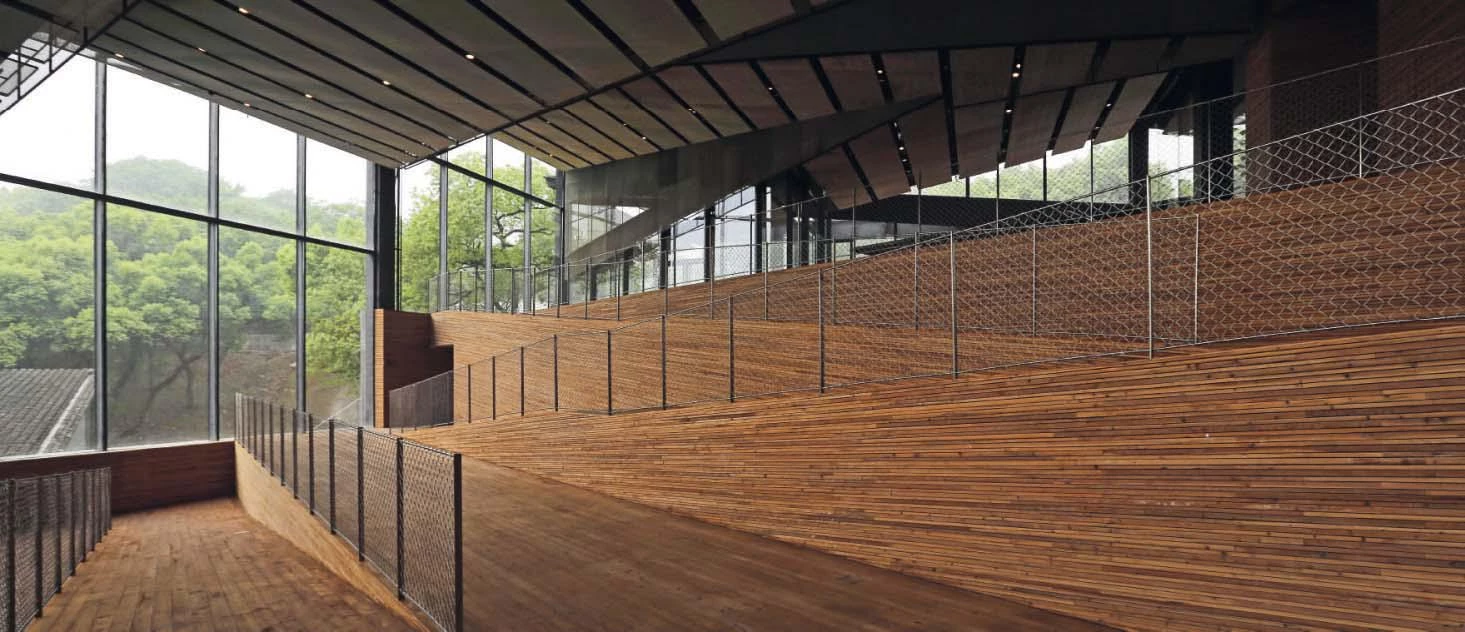

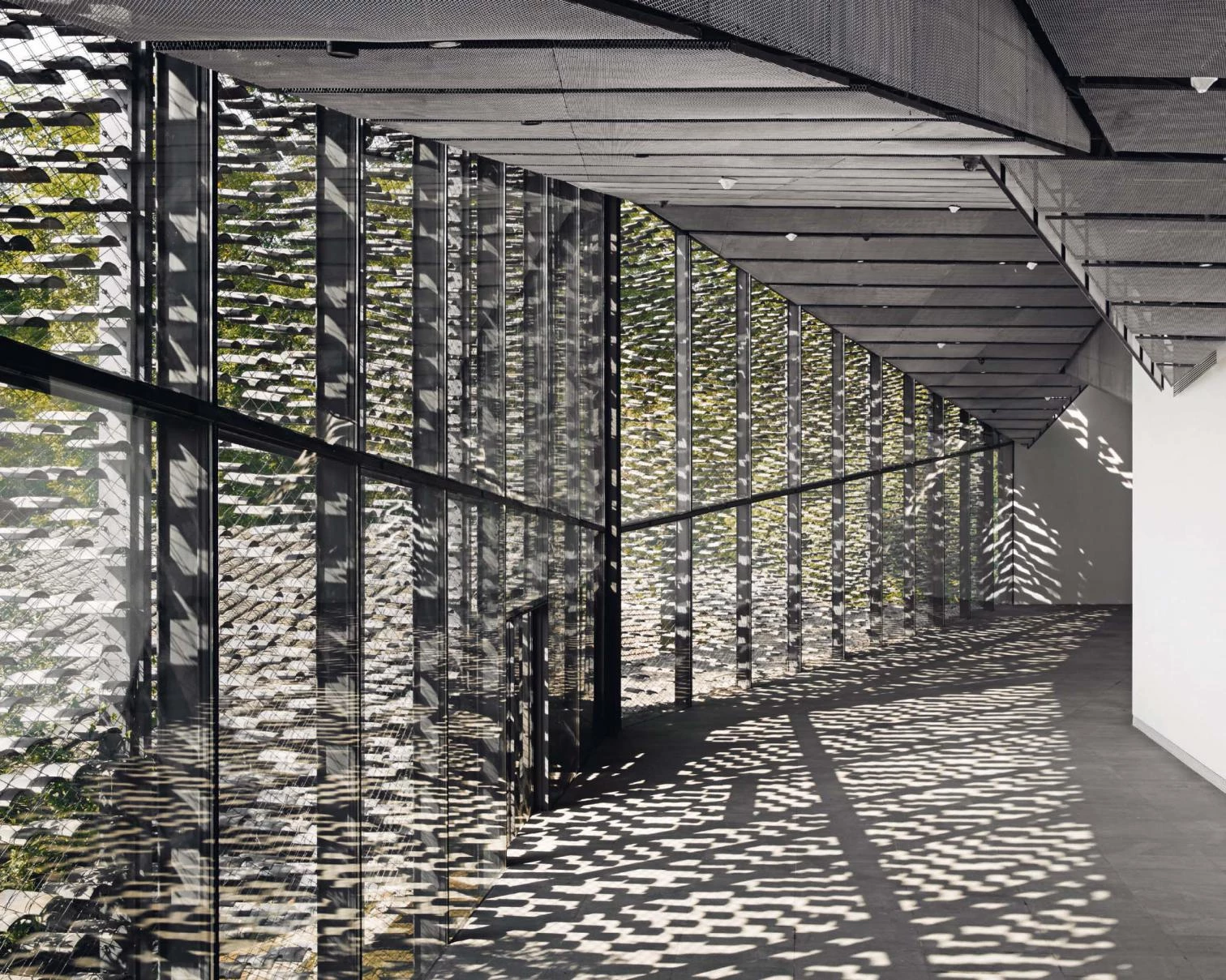

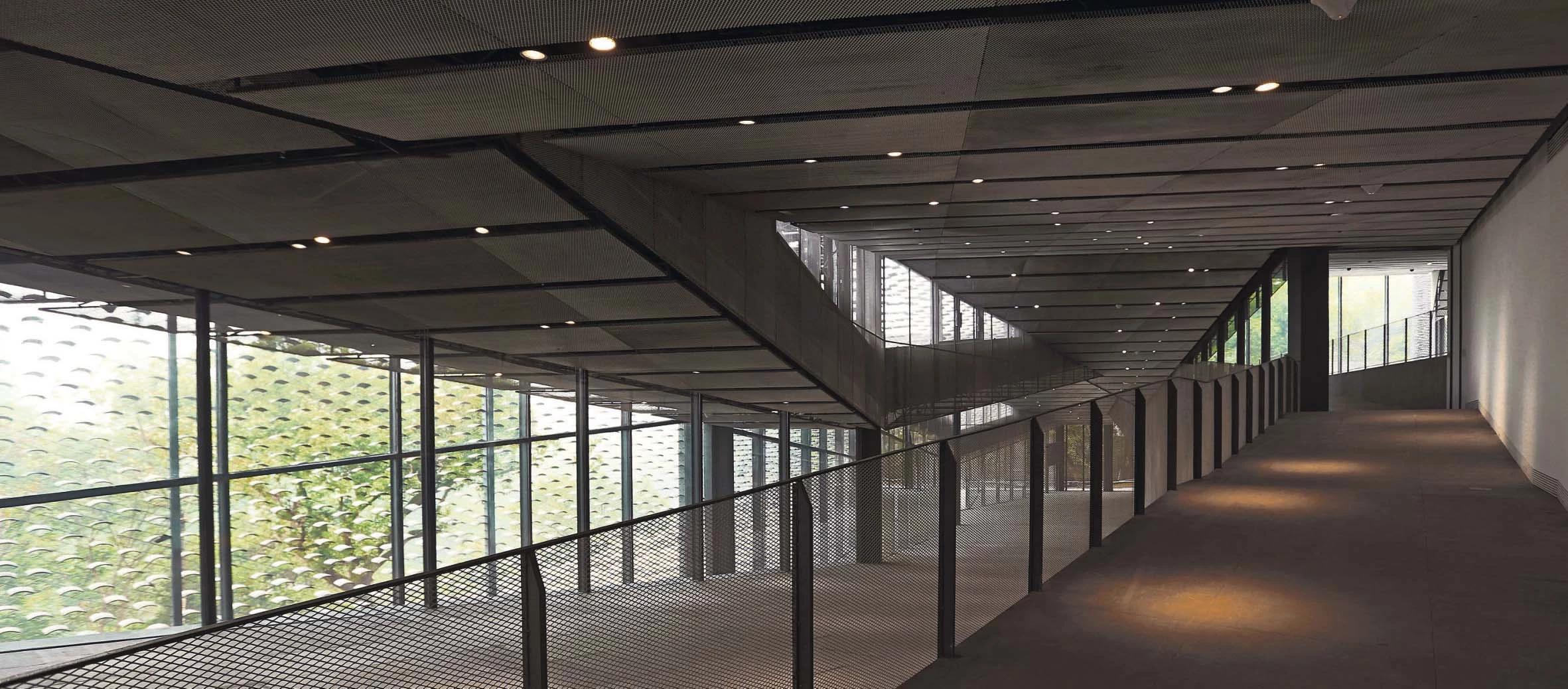



Obra Work
China Academy of Arts’ Folk Art Museum
Cliente Client
China Academy of Arts
Arquitectos Architects
Kengo Kuma & Associates; Kengo Kuma, Teppei Fujiwara (antiguo socio former staff) —socios encargados partners in charge—; Nahoko Terakawa, Shinya Kojima, Kazuya Katagiri, Kuniaki Tanaka (equipo de proyecto project team)
Colaboradores Collaborators
Konishi Structural Engineers (estructura structural design); P.T. Morimura & Associates (instalaciones facility design)
Superficie construida Built-up area
4,970 m²
Fotos Photos
Eiichi Kano


